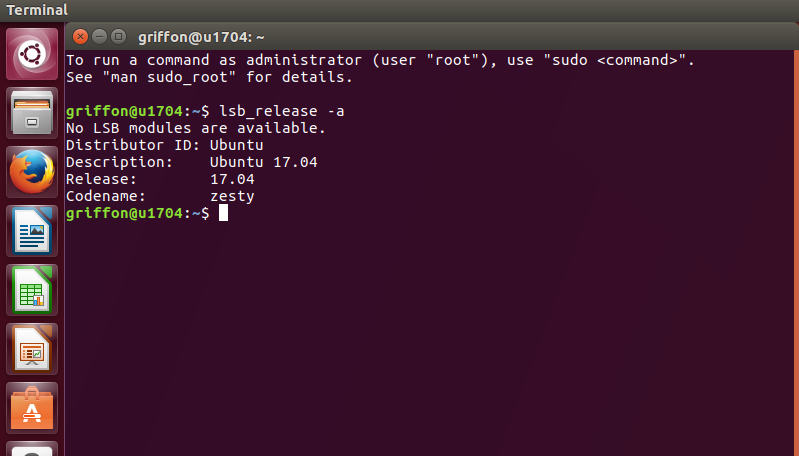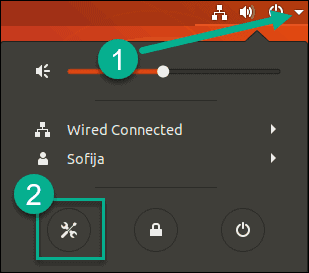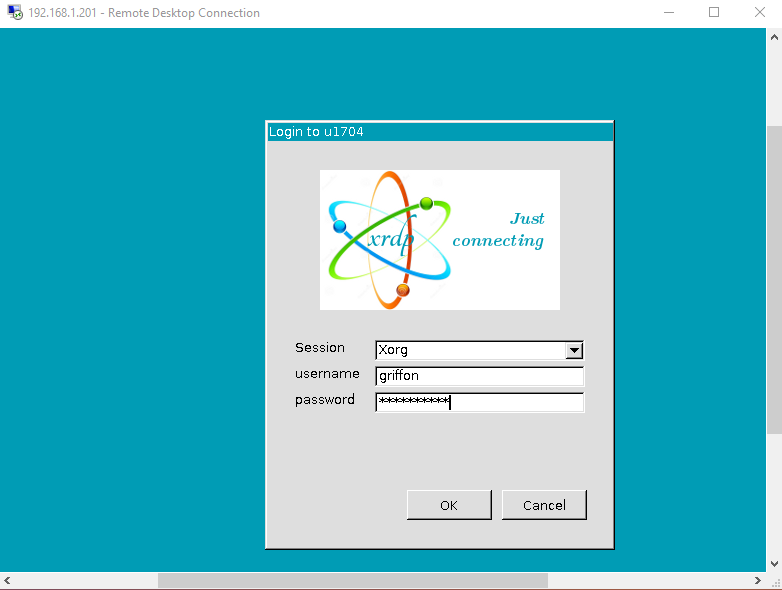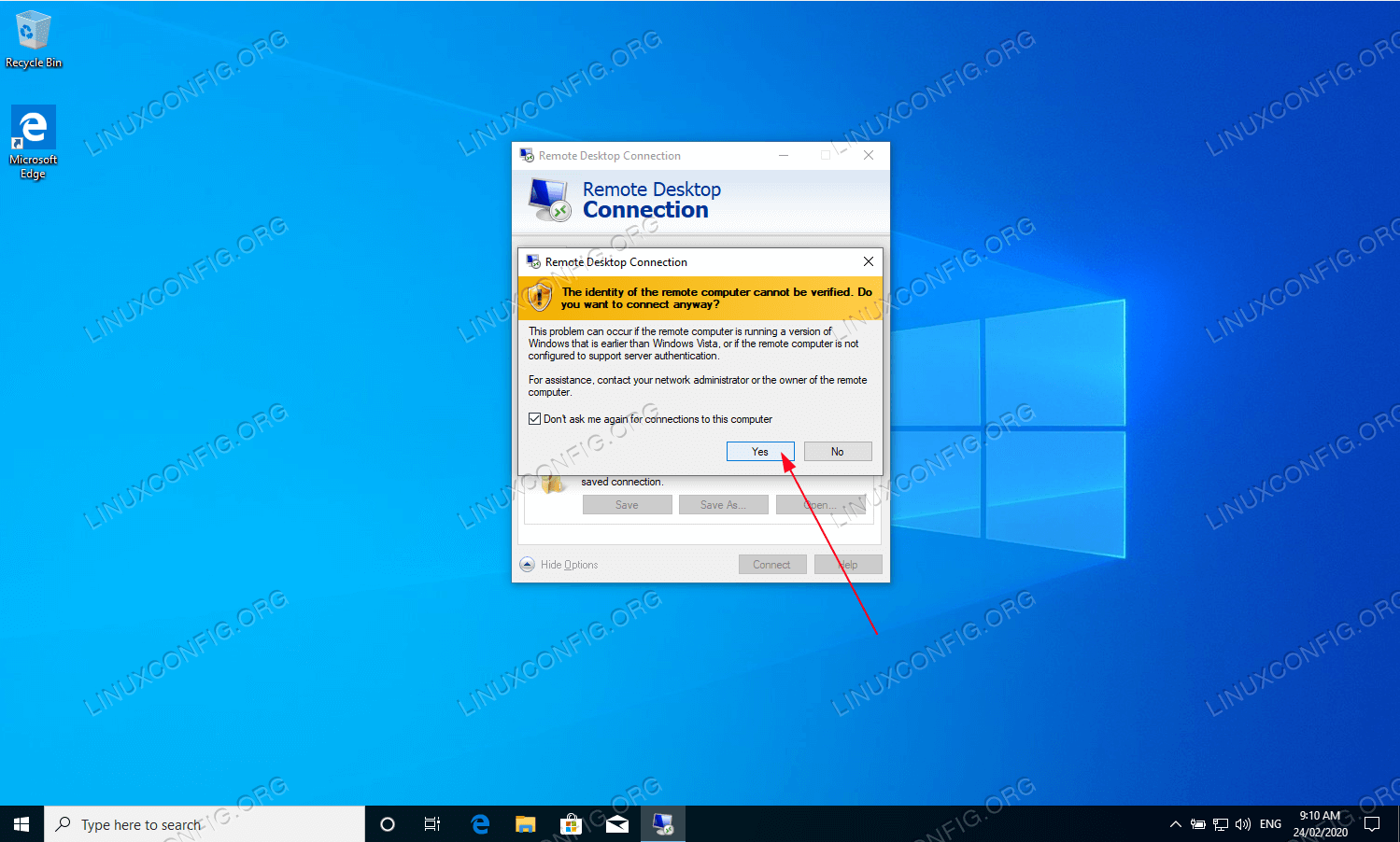
- #Enable remote desktop for ubuntu 17.04 install#
- #Enable remote desktop for ubuntu 17.04 upgrade#
- #Enable remote desktop for ubuntu 17.04 password#
- #Enable remote desktop for ubuntu 17.04 free#
Basically it aims to be useful for system administrators and for those who need to access remote computers.
#Enable remote desktop for ubuntu 17.04 free#
This feature creates problems for Windows machine while connecting. Remmina is a free and open-source remote desktop application, it is written in C and GTK+, released under GNU GPL license, and only available for Unix/Linux based systems. You will also want to run the commands below to disable encryption for Remote sharing. To enable access outside of your local network, you must setup your firewall to forward the traffic to the Ubuntu desktop via a specific port number. Microsoft Remote Desktop Connections won’t work with here, so you must use VNC or other compatible remote connection clients with work with Ubuntu.

Use it to connect to other Ubuntu desktop remotely.įor Windows system, you will want to use VNC client to connect. This is an opensource client that probably installed on all Linux systems. The below give method to user FileZilla server to create FTP FIle server is not only applicable to Ubuntu 20.04/20.10 but can also be used on older version such ubuntu 19.04, 17.04, 16.04 including Debian, Linux Mint and other similar Linux OS.
#Enable remote desktop for ubuntu 17.04 install#
For other Ubuntu systems, search for Remmina Remote Desktop Client. Install FileZilla Server on Ubuntu 20.04 or 18.04 Linux. Now that Desktop Sharing is enabled, choose the remote access client to use to access the desktop. 2 Enabling The Remote Desktop We dont have to install anything to enable the remote desktop on Ubuntu.
#Enable remote desktop for ubuntu 17.04 password#
You should require user to type a password before access. I have updated and tested this guide on an Ubuntu 17.04 (Zesty Zapus) desktop and Ubuntu 16.04 LTS. It’s also recommended to configure Desktop sharing with the preferences as shown in the image below. When Desktop Sharing opens, check the box to allow others to view your desktop.

To enable remote access, logon to the desktop computer and search for Desktop Sharing as shown below. Some firewalls may require allowing traffic to the public IP address of the machine running SSH.Ubuntu machines by default have the protocol and server installed already.

The default firewall configurations tool in Ubuntu is UFW, configure it with the command: sudo ufw allow from any to any port 2222 proto tcp If you have decided to change the default port number, you must configure your firewall to allow traffic via the specified port. For the changes to take into effect, restart SSH with the following command: sudo systemctl restart rvice Configure Firewall After you have made the desired changes, save and close the file by using the CTRL+W keyboard shortcut (or the commands to save and close in your editor of choice).ģ. In the configuration file, find the line that reads PermitRootLogin_yesand change it to PermitRootLogin_no.Ģ. That way, the root user cannot be invoked remotely, and security will be significantly improved.ġ. All we have to do is go to Search your computer, enter the word desk. We dont have to install anything to enable the remote desktop on Ubuntu. Disable RootĪnother critical security precaution is to make sure that the root is disabled. I have updated and tested this guide on an Ubuntu 17.04 (Zesty Zapus) desktop and Ubuntu 16.04 LTS. Everyone is aware of the default port number so changing it is a recommended security precaution. Important: Changing the default port number is an SSH security best practice. Open your SSH configuration file with the command: sudo gedit /etc/ssh/sshd_config
#Enable remote desktop for ubuntu 17.04 upgrade#
There are no offline upgrade options for Ubuntu Desktop and Ubuntu Server. Upgrades from 18.04 LTS will not be enabled until a few days after the 20.04.1 release expected in late July 2020. You can change the default port (generally a good idea, as a precautionary security measure), disable the “root ” user or make other configuration adjustments.ġ. Upgrades from 19.10 will not be enabled until a few days after 20.04’s release. SSH Configuration Options Edit Configuration FileĪfter successfully installing OpenSSH on Ubuntu, you can edit its configuration file. You are free to manage it from the comfort of your workstation safely. Once you have identified and typed in all the information, you have officially logged into your server.

This should display the public IP address of the machine where SSH was installed. If you do not know the IP address, you can quickly identify it through the terminal by typing the command: ip a Open the terminal ( CTRL+ALT+T) and type the following command: ssh _IP – p222Ĭhange the username and IP address to the username and IP address of the Ubuntu computer on which you have installed SSH.Ģ. Once you have gone through the process of enabling SSH on Ubuntu 18.04, you are ready to log into your remote machine.ġ. To return to the command line prompt enter q.


 0 kommentar(er)
0 kommentar(er)
